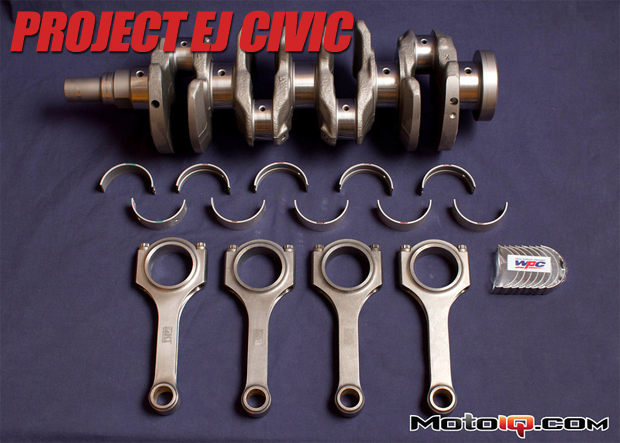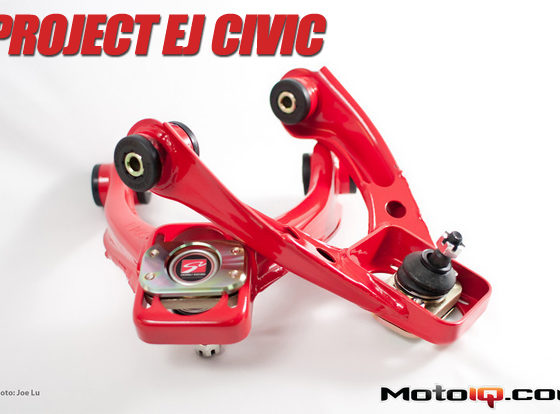,
Using this same approach, ironically I found that a Nissan QR25DE connecting rod shares the same big end bore diameter as the Honda B18C1 engine of 1.890″ and likewise, the same crank pin diameter of 1.772″. However, there would be several issues that would need to be sorted out before I could use the QR25DE rod. The first problem being that the QR25DE was plagued with a piss poor rod design from the factory that suffered from distortion of the big end bore which commonly led to rod bolt and bearing failures. This distortion, along with an anorexic beam cross section, and a slew of other issues would lead Nissan to revise the rod design and heat treat along with the connecting rod bearings in the 2007 and up QR25DE engines.
Instead of gambling with an OEM rod, we opted for the increased security of a new set of QR25DE connecting rods from K1. The K1 connecting rod is designed and finish machined in the United States. Each K1 connecting rod is CNC machined from a 4340 steel forging and then undergoes core hardening and shotpeening processes to improve its fatigue strength. In addition, every K1 connecting rod is magnetic particle inspected (MPI). During this inspection process, the connecting rod is magnetized and then a magnetic flux, such as iron particles, is applied to its surface. Any surface irregularities will cause a disruption in the magnetic field, which the magnetic flux is attracted to. This attraction helps reveal any surface imperfections or flaws on the connecting rod's surface.
Contrary in design to the OEM B18C1 rod, the K1 connecting rod features a friction reducing, fully
floating wrist pin design. Another design difference between the B18C1 rod is the H-beam design of the K1 connecting rod. The H-beam design places the thicker cross section of material directly under the wrist pin and the axis of loading.






